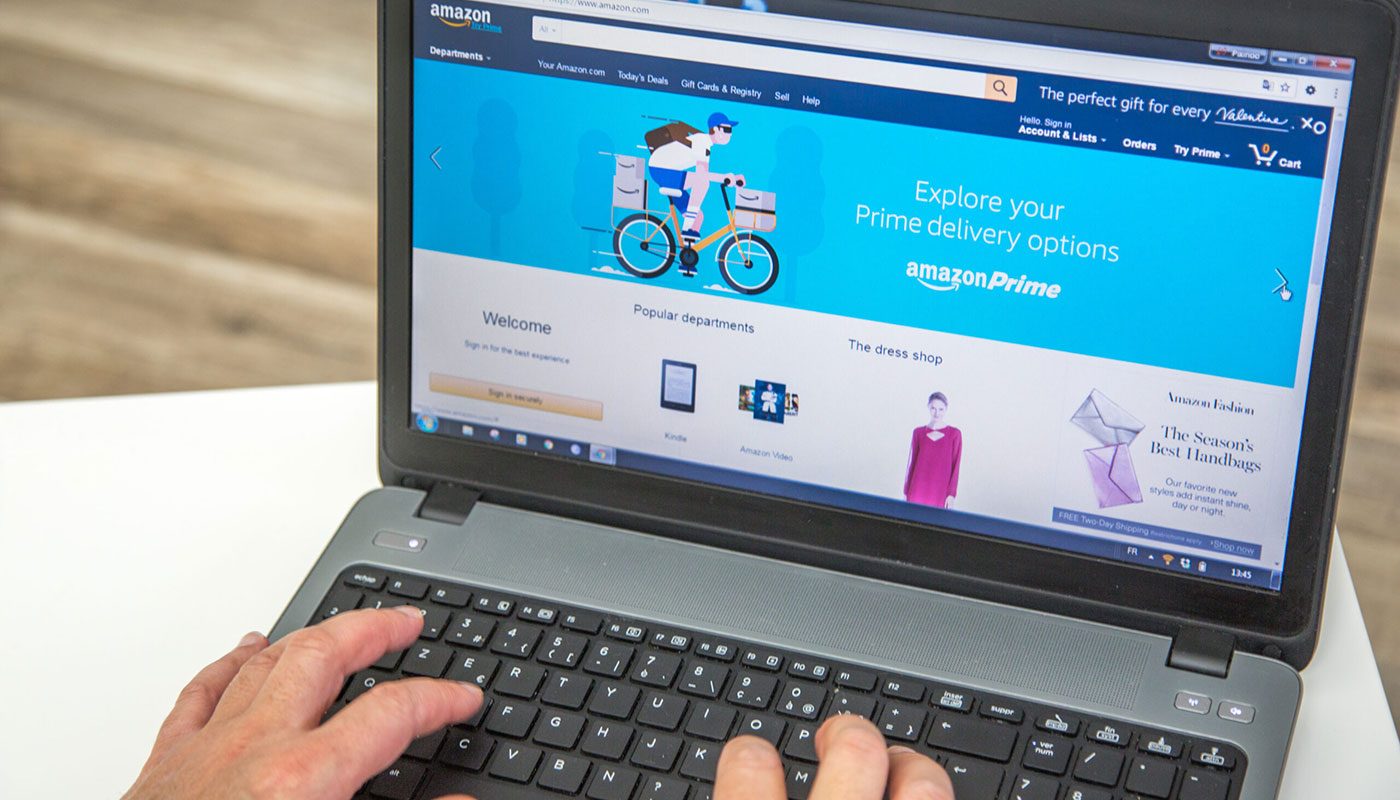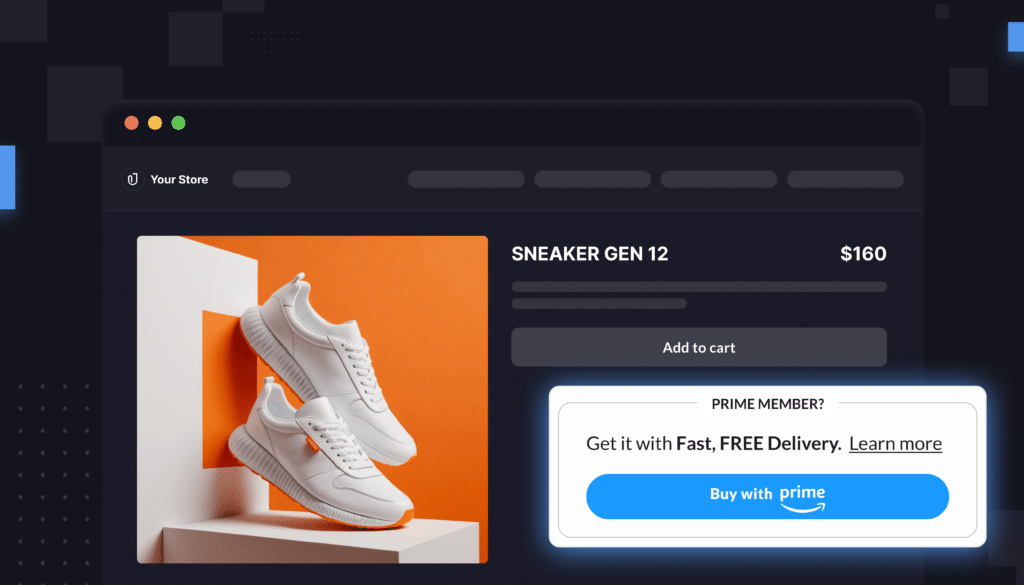Trying to make sense of the Amazon Associates Program? The Amazon Associates Program is one of the surest ways that brands can drive off-site traffic back to their product pages on Amazon.
Essentially, the Amazon Associates Program is a standard e-commerce affiliate network, exclusive to Amazon, that gives a variety of stakeholders—publishers, bloggers, app developers, and social media influencers—a cut of any sales that they refer back to Amazon.
Amazon Associates operates largely outside the purview of brands, but it can still benefit them behind the scenes. If an Amazon Associate falls in love with your product, that Associate will be talking about it often. Because Associates earn a commission from forwarding a sale, they’re going to work hard to drive people to buy from your brand.
Amazon Associates is one of many affiliate programs that exists across the e-commerce landscape. Amazon has the most sophisticated such program, but it isn’t the only one: Shopify boasts the Shopify Affiliate Program, for instance, and TikTok has an affiliate program for anyone who refers a purchase to TikTok Shop.
What are the different kinds of Amazon Associates?
Amazon Associates is a very broad program that encompasses everyone from mid-tier Instagram influencers to major websites like Buzzfeed. All of these stakeholders see the value in promoting Amazon links that give them a cut of commissions.
Amazon doesn’t let just anyone use affiliate links. To ensure that its Associates are high quality and well-intentioned, it requires anyone interested to apply into the program. Only eligible content creators will be granted the right to use their own links.
You can break up Amazon Associates into four big groups:
Publishers. These are major outlets like Buzzfeed and Wirecutter, which refer their audiences to Amazon using their own, coded hyperlinks.
Bloggers. You don’t have to be a professional publisher to become an Amazon Associate. Many independent bloggers, especially if they are often recommending products, double as Amazon Associates.
App developers. If you have a free app on the Google Play, Amazon, or Apple app stores, then you may also be eligible to become an Amazon Associate.
Plenty of developers use in-app product recommendations. The Amazon Associates program is a great way to earn extra income from those recommendations.
Influencers. A prominent related program to Amazon Associates is the Amazon Influencer Program, in which social media creators can apply to earn money from their Amazon links.
The Amazon Influencer Program encompasses influencers on Twitch, TikTok, Instagram, Facebook, and other sites. It is a big deal on social media, especially on Instagram and TikTok.
There, large communities of influencers recommend products under hashtags like #TikTokMadeMeBuyIt. All the while, they encourage their followers to click their Amazon affiliate links, so they receive a cut of commission.
One wrinkle, potentially, is that TikTok is considering banning Amazon links on its platform. If TikTok goes through with the plan, that could deal a major blow to the Amazon Influencer Program.
How much can you earn as an Amazon Associate?
If you’re an Amazon Associates, the commission rates vary widely depending on the category of the product you feature.
At the high end, affiliates who are able to drive purchases of Amazon Games get a whopping 20% commission. At the low end, grocery purchases only receive a 1% commission.
Fashion and beauty are usually quite lucrative: Amazon Associates earn 10% on all apparel, jewelry, beauty, and shoe sales they refer.
I’m an Amazon Associate. How do I find products to boost?
The best products to promote on your website or social media are the items that you already use and love.
But if you’re looking for more products to bring to your audience, Amazon has a tool to help you.
In the Associates portal, Associates Central, you can find an updated list of all the best promotions and deals for your audience. Just navigate to “Promotions” —> “Amazon Promo Codes.” Then create your own affiliate link, and share it around the web.
What metrics does Amazon offer to Associates?
The way the Amazon Associates program works, a shopper doesn’t have to buy a product right away for an Associate to get a cut of a sale. If someone clicks your link, as long as they buy the product within the next 24 hours, you’ll get your commission.
But how do you track how much money you are actually earning? Amazon Associates are able to access Amazon’s reporting tools in Associates Central portal. Amazon displays the total amount you’ve earned, alongside other key data points.
You can also see how many times your links were clicked and how many products were ordered from your link.
Keep in mind: Amazon takes up to 60 days to pay out affiliate commissions. So if the numbers in the portal don’t match the amount you’ve been paid, it could be because of that delay.
Why is Amazon so focused on driving traffic back to its own site?
The Amazon Associates program is one of many ways that Amazon has been trying to drive off-Amazon traffic directly to Amazon.com.
Especially as platforms like TikTok and Instagram have created their own walled shopping gardens, Amazon is concerned with driving more traffic to its listings.
Amazon even pays brands that are able to drive sales from off-Amazon sites. Through a program called the Brand Referral Bonus, brands earn an extra 10% for every Amazon conversion that comes directly from an offsite link. (Learn more about how the Brand Referral Bonus can help your product launch in our recent webinar.)
Are there any downsides to harnessing off-Amazon traffic?
Brand owners have many questions about off-site traffic.
The truth is, it’s complicated. Yes, the Amazon algorithm does give you a boost when, through your own efforts or through the efforts of your Amazon Associates partners, you are able to drive a lot of off-site shoppers back to your Amazon page.
But there is one downside to all of this off-site traffic: You have to be sure it converts. If few of those viewers actually buy your product, then the conversion rate on your product page will drop, and you might actually lose ground in the Amazon rankings.
There is one way to figure out how your off-site shoppers are performing: Amazon Attribution. Amazon Attribution tracks how external visitors from Google, Facebook, email, and so on interact with your products on Amazon.com. You can see exactly how much off-site traffic you’re getting—and to what extent they are ultimately buying from you.
Wish there was an easy way to view your Amazon Attribution data? Through our Intentwise Analytics Cloud product, we bring in data from Amazon Attribution and display it alongside other key metrics, like your retail and ads data. Book a demo with us today and learn whether or not Amazon Affiliates is right you.








